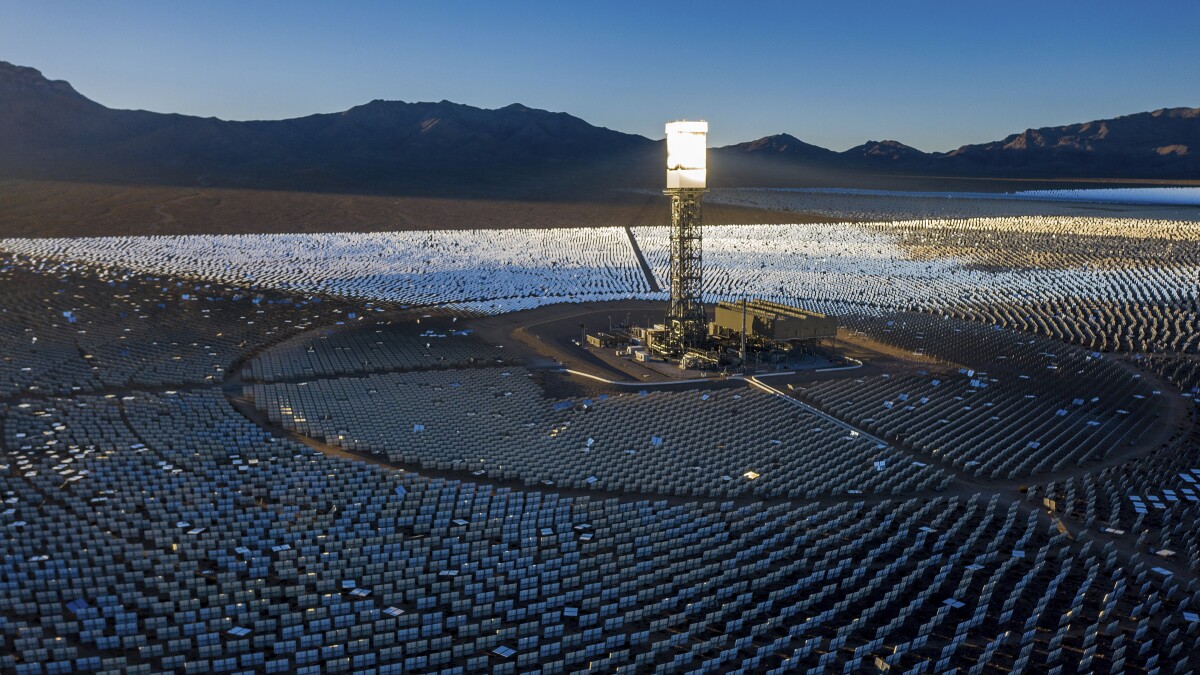The Ivanpah Solar Electric Generating System, once hailed as the crown jewel of America’s green energy revolution, is now facing a quiet sunset. Built in California’s Mojave Desert at a staggering cost of $2.2 billion, the massive solar thermal plant was celebrated worldwide as a beacon of sustainable technology. Today, it stands as a sobering reminder that big dreams don’t always translate into real power.
Opened in 2014 with heavy federal backing, including a $1.6 billion government loan guarantee, Ivanpah was designed to generate enough electricity for 140,000 homes. Instead, the project consistently underperformed, often producing less than 75% of its projected output. To make matters worse, the facility had to burn natural gas each morning just to jumpstart operations — an ironic twist for a project meant to symbolize clean energy.

The plant’s struggles are not just technical. Its unique mirror-and-tower system, known as concentrated solar power (CSP), has been rapidly outpaced by the rise of cheap photovoltaic (PV) solar panels. While PV costs have plummeted over the last decade, CSP projects like Ivanpah remain costly, complex, and maintenance-heavy.
Environmental concerns also tarnished Ivanpah’s image. Thousands of birds were reported killed by the intense heat beams generated by its mirrors each year, earning the project the grim nickname “streamers” — as birds appeared to ignite midair. Conservation groups also raised alarms about its impact on desert ecosystems, including tortoise habitats.
Adding to the downfall, Pacific Gas & Electric (PG&E), one of Ivanpah’s biggest buyers, recently canceled its long-term contracts with the plant. That decision means two of the plant’s three units are set to shut down in 2026, effectively ending the majority of Ivanpah’s operations.
Critics argue the project is nothing short of a taxpayer boondoggle. “This was supposed to be the future of American energy. Instead, it became a $2 billion science experiment at public expense,” one energy analyst remarked. Supporters counter that Ivanpah was a bold attempt to push technology forward, even if the economics didn’t survive the test of time.
As demolition plans loom, questions remain about what will happen to the sprawling Mojave site. Industry experts suggest it may eventually host large-scale photovoltaic farms — a cheaper, more reliable path to solar dominance.
For now, Ivanpah’s towers still stand tall in the desert sun, but its glow has dimmed. What was once the world’s largest solar thermal project is now a cautionary tale: when it comes to renewable energy, innovation alone isn’t enough — economics, ecology, and execution matter too.
Leave a Reply